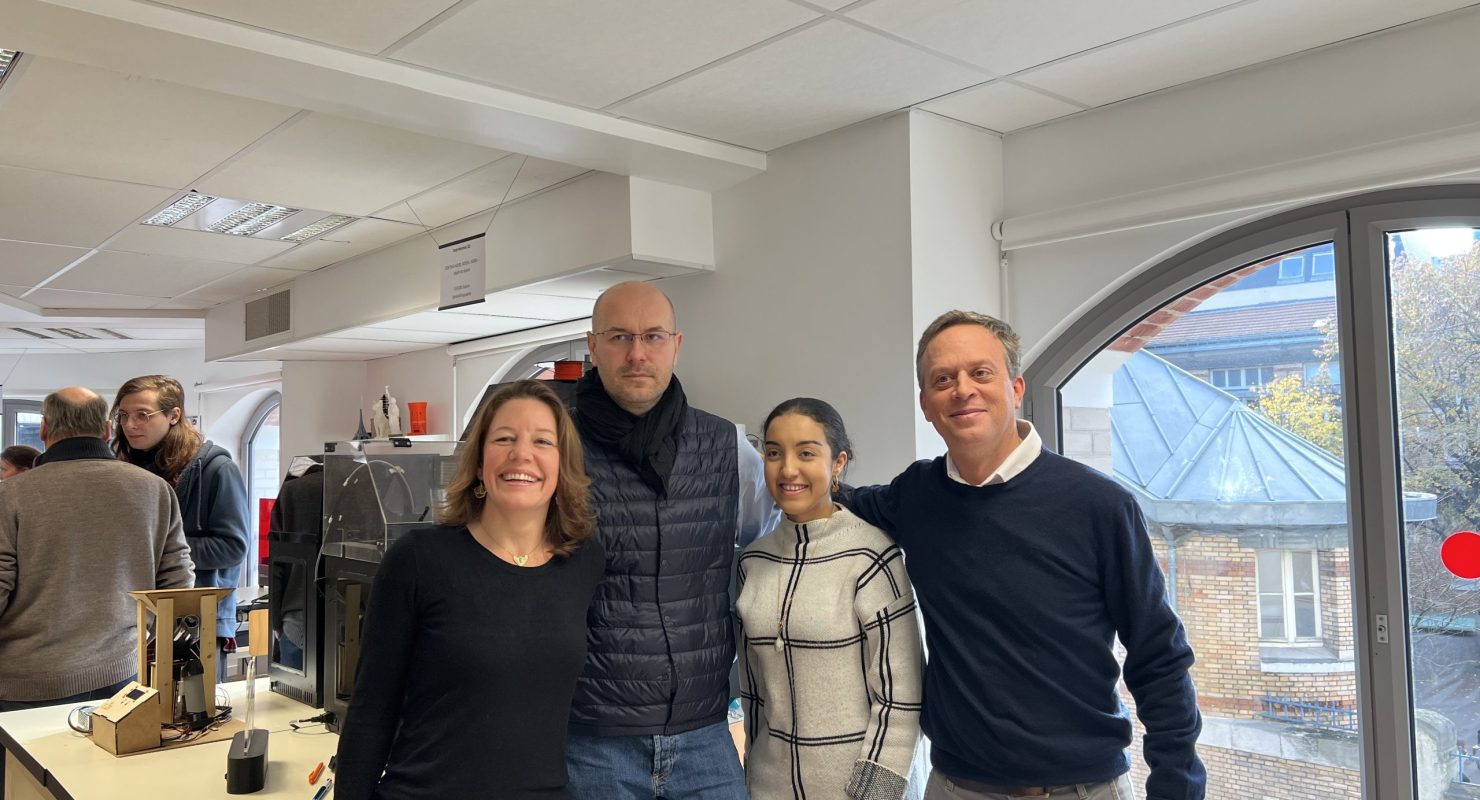What is a fablab?
The fablab is a concept that originated in the United States 30 years ago, has developed internationally and now boasts over 1,800 members. ECE, has been part of the network since 2016. It’s a collaborative space for prototyping and designing objects of all kinds. It is equipped with traditional and digital tools such as 3D printers, laser cutters, CNC milling machines, etc…
The “ECE Makers” fablab is also a space for exhibiting projects and, more broadly, a place to meet, collaborate and create, to benefit from advice and expertise, or to find answers to your questions.
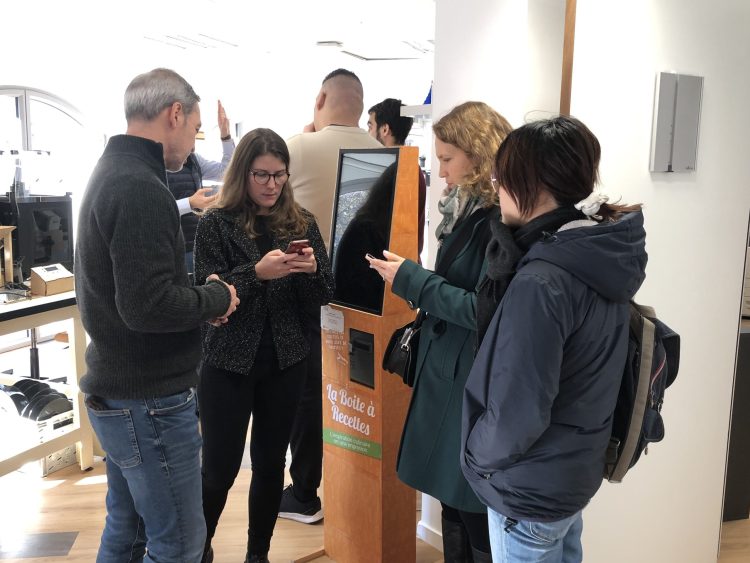
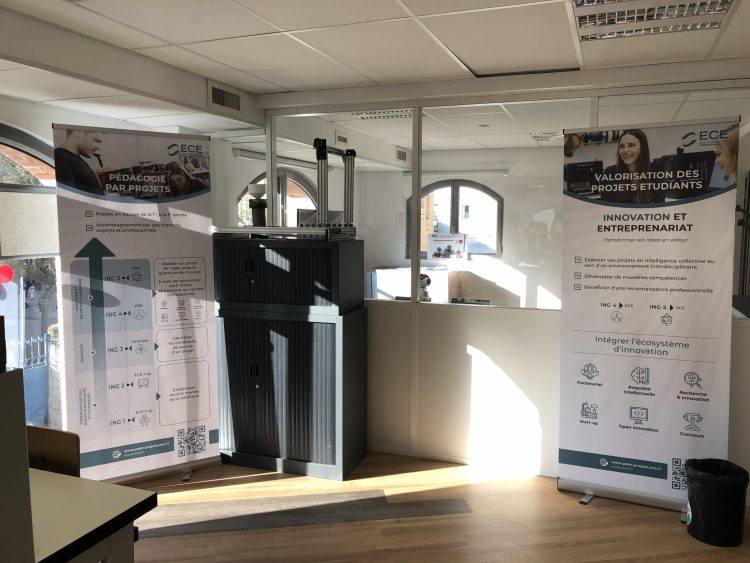
Who has access to the fablab?
All our students can go into the fablab to bring their creativity to life. Throughout their studies, they have academic projects, and the fablab enables them to produce their minimum vital product (MVP). The ECE bases its learning on the valorization of student projects as well as on innovation and entrepreneurship. The fablab is there to turn our students’ ideas into reality.
It’s a place open to companies looking for rapid prototyping solutions to bring their ideas to life.
Is there any support available for the fablab?
Our project team will support you throughout your fablab creations. They are there to support you and advise you on your projects.
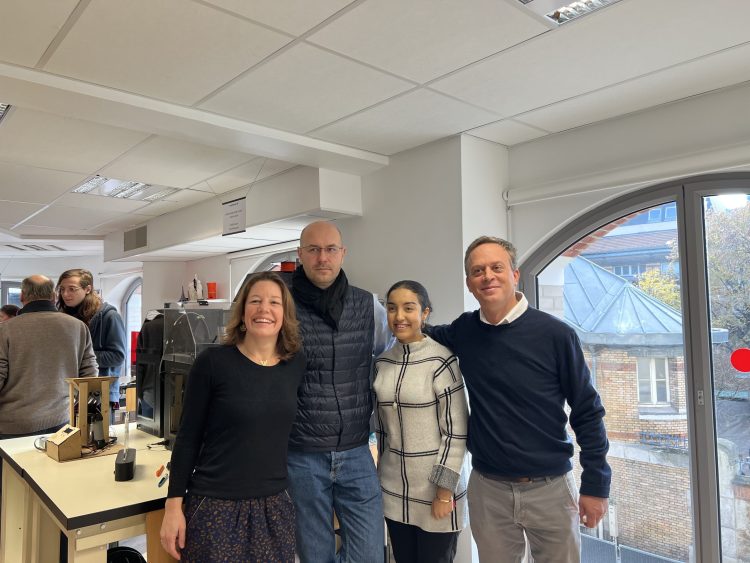
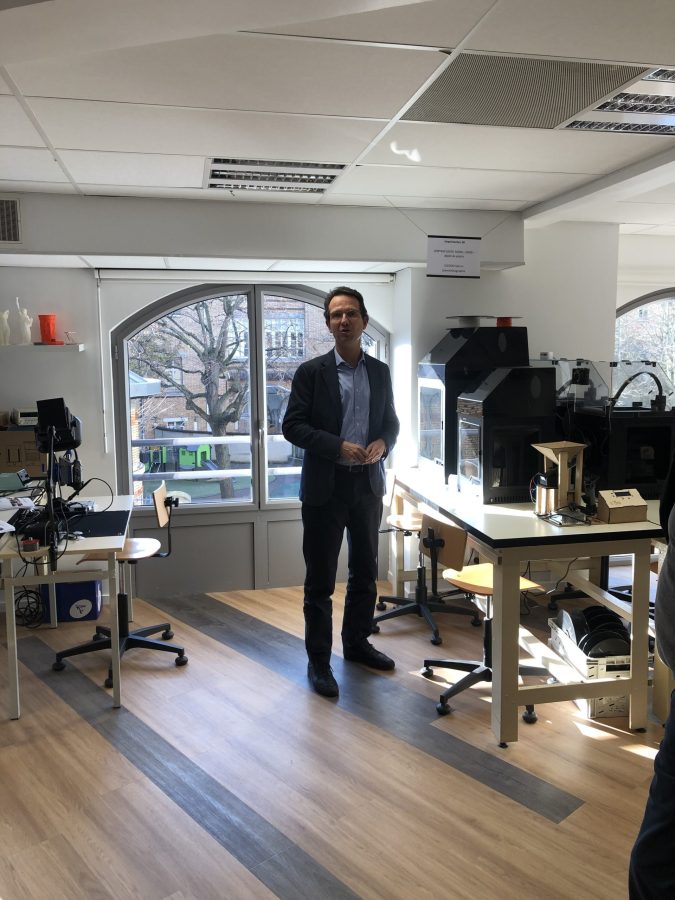
What machines can you find at the fablab?
The fablab features the Zortrax M200 Plus, a reliable, easy-to-use 3D printer for high-quality 3D prints. Its reinforced drive system reduces the risk of print failure, and its improved cooling system makes part removal easier.
The fablab also features a laser cutter, a manufacturing technique that turns your digital models into physical models. This process uses the pulsation of an intense beam to pulverize the material. This technique provides a precise, clean and fast cut. The Speedy 360 can be used to cut out elements and/or engrave on the surface of a multitude of materials such as wood, acrylic, cardboard, etc. The laser beam cuts material in two directions (X and Y axes), enabling high-precision curved and orthogonal cuts. Cutting depth is set according to laser speed and power.


